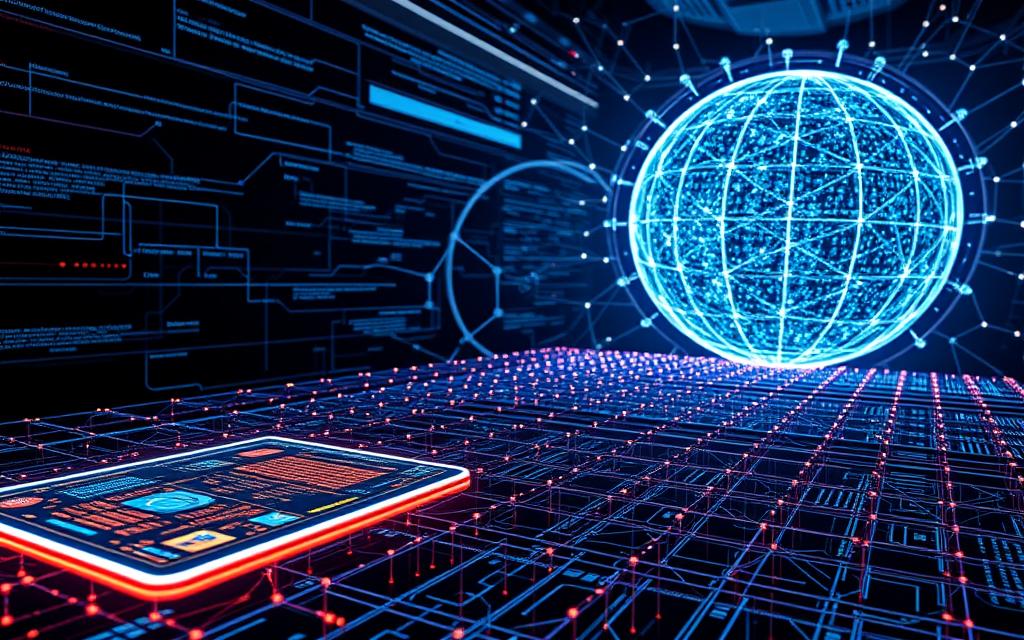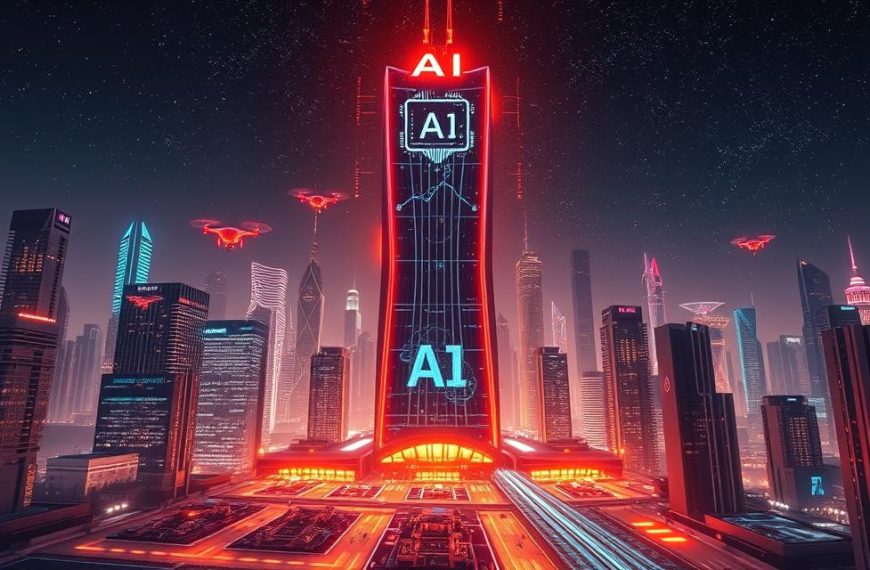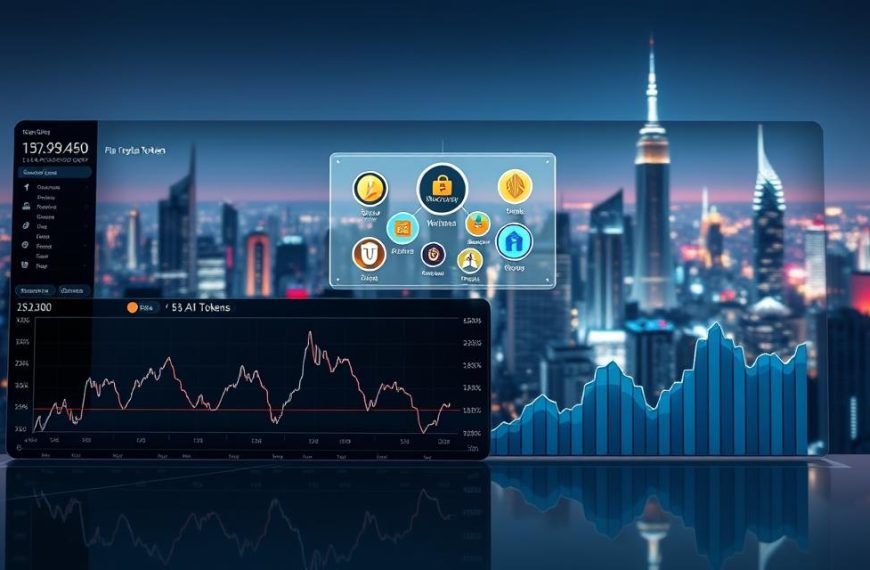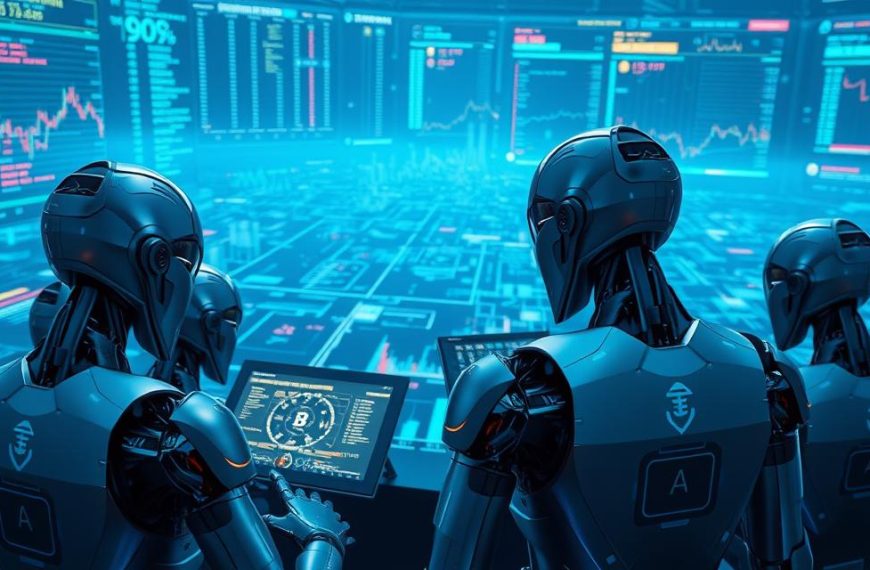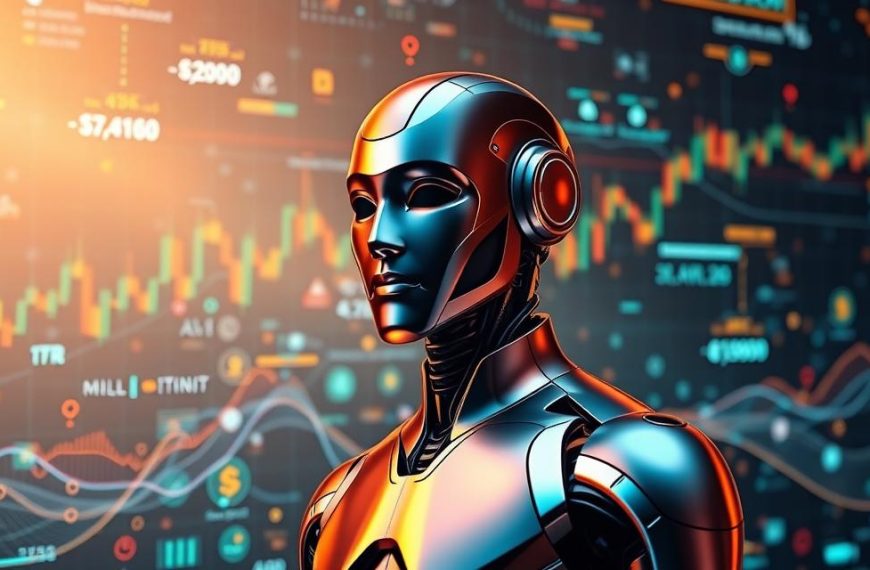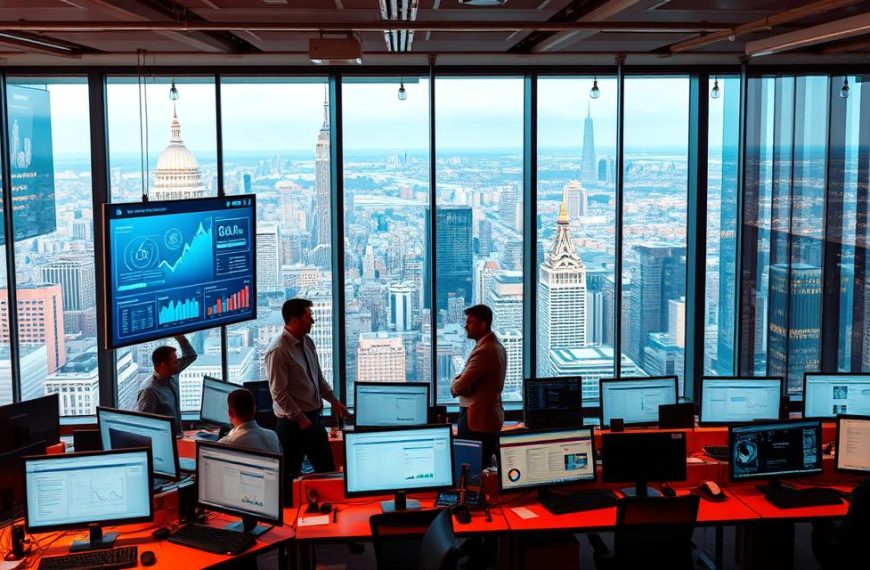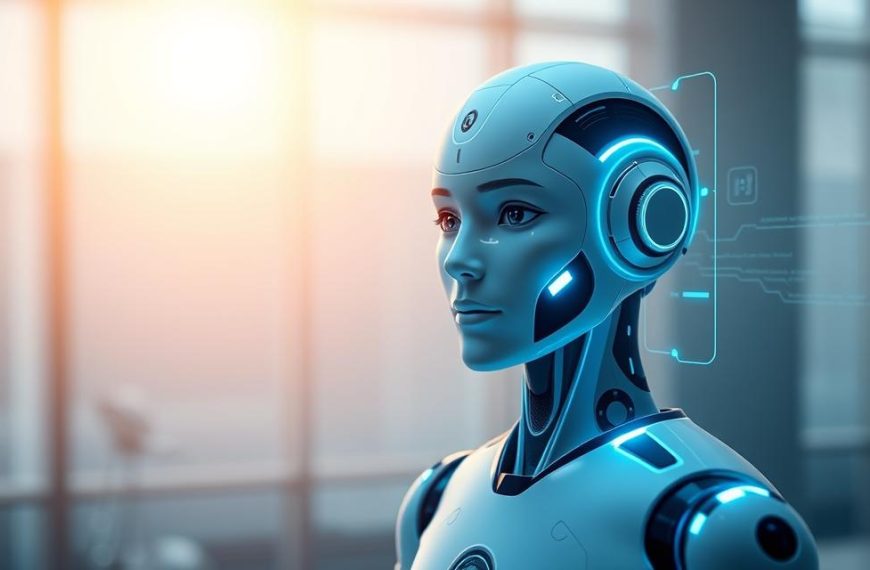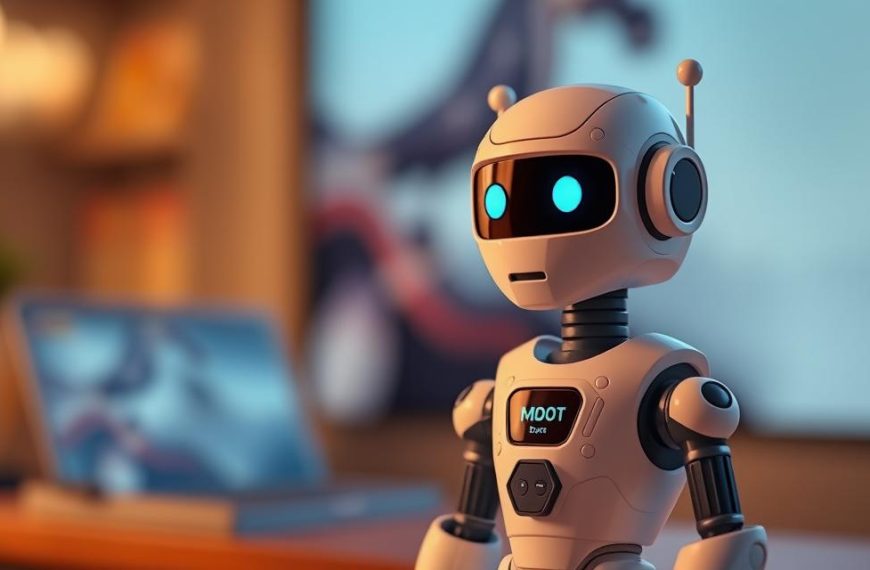The digital landscape is witnessing a remarkable fusion of technologies reshaping how machines interact with our world. Eliza Labs and IoTeX have pioneered a collaboration that merges decentralised infrastructure with advanced artificial intelligence. Their joint venture, known as SENTAI, represents a bold step in creating autonomous systems capable of sensory engagement.
This initiative combines IoTeX’s expertise in decentralised physical networks with ElizaOS’s intelligent frameworks. The result? AI agents that process real-time data and execute actions without human intervention. These developments signal a transformative shift in how blockchain technology supports smart systems.
What sets this project apart is its focus on practical implementation. Unlike theoretical models, SENTAI demonstrates how decentralised networks enable AI to interact with physical environments. From analysing sensor data to initiating responses, these agents operate through secure, transparent protocols.
For professionals navigating the UK’s tech sector, understanding this convergence proves crucial. It redefines possibilities in supply chains, urban planning, and environmental monitoring. The partnership underscores how strategic alliances drive innovation in emerging fields.
Introduction: The Evolution of AI and Blockchain
Over recent decades, intelligent systems have transitioned from academic theories to transformative tools powering modern industries. This progression mirrors the parallel growth of decentralised networks, creating a symbiotic relationship between two revolutionary technologies.
Contextualising Intelligence Systems’ Journey
The 20th century laid groundwork for machines that mimic human reasoning. Early systems relied on rigid algorithms, but breakthroughs in neural networks enabled adaptive learning. By the 2010s, processing vast datasets became feasible, allowing predictive models to evolve beyond laboratory settings.
- Cloud computing democratised access to powerful processing
- IoT devices generated unprecedented volumes of real-world data
- Open-source frameworks fostered collaborative innovation
Decentralised Networks Reshape Digital Frameworks
Traditional centralised systems faced mounting challenges around security breaches and data monopolies. Blockchain emerged as a countermeasure, introducing transparent governance and distributed control. This shift proved vital for scaling intelligent applications across industries.
Decentralised infrastructure offers distinct advantages:
- Enhanced protection against single points of failure
- Granular user control over sensitive information
- Seamless integration across disparate sensor networks
The fusion of these technologies enables self-governing agents to analyse environments and initiate actions securely. This synergy addresses historical limitations while unlocking new possibilities in automated decision-making.
Deep Dive into sentai bino ai crypto
Modern technological breakthroughs increasingly rely on interconnected systems that merge physical and digital realms. This initiative combines decentralised sensor networks with adaptive algorithms to create autonomous decision-making frameworks. Three core elements define its architecture: multi-source data integration, incentive-driven participation models, and secure execution protocols.
Defining the Key Components
The platform integrates specialised hardware and software layers. Sensor networks like Nubila (weather monitoring), GeodNet (geospatial tracking), and Pebble Tracker (device connectivity) feed real-time environmental data into the system. Machine learning models then process this information through decentralised nodes, enabling instant responses to changing conditions.
Understanding Its Unique Ecosystem
Value flows through a dual-token structure that rewards contributors and users. The table below outlines how different elements interact:
| Component | Function | Stakeholder Benefit |
|---|---|---|
| Data Collectors | Gather environmental metrics | Earn tokens for verified inputs |
| Validators | Secure network operations | Receive transaction fees |
| Developers | Build custom applications | Access shared infrastructure |
This structure enables self-sustaining operations across urban and industrial settings. Businesses leverage processed insights for predictive maintenance, while municipalities utilise traffic flow optimisations. The ecosystem’s strength lies in its ability to convert raw sensor data into actionable strategies through transparent, blockchain-verified processes.
Decentralised Infrastructure: The Backbone of Innovation
Robust technological frameworks require more than software – they demand physical networks that mirror digital ambitions. IoTeX’s Decentralised Physical Infrastructure Network (DePIN) reimagines how devices collaborate across environments. This architecture forms the foundation for systems where real-time responsiveness meets industrial-grade reliability.
Exploring IoTeX’s DePIN System
DePIN’s multi-modular design connects weather stations, traffic sensors, and industrial monitors through unified protocols. Unlike centralised alternatives, this infrastructure distributes control across thousands of nodes. Three core principles guide its operations:
- Interoperability between legacy and modern hardware
- Tamper-proof data verification using blockchain
- Resource sharing through tokenised incentives
The table below contrasts traditional models with DePIN’s approach:
| Feature | Centralised Systems | DePIN Architecture |
|---|---|---|
| Scalability | Limited by server capacity | Grows with participant numbers |
| Security | Single vulnerability points | Encrypted cross-node validation |
| Cost Efficiency | High maintenance fees | Crowdsourced resource pooling |
Integration with ElizaOS for Sensory Data
ElizaOS transforms raw measurements from DePIN-connected devices into actionable insights. The platform’s machine learning models analyse temperature fluctuations, motion patterns, and energy usage simultaneously. This integration enables:
- Instant adjustments to smart grid demands
- Predictive maintenance alerts for manufacturing equipment
- Dynamic traffic routing based on live congestion data
By combining decentralised networks with adaptive algorithms, the system achieves sub-second response times in critical scenarios. Urban planners and industrial engineers now access a shared infrastructure that evolves through community contributions rather than corporate mandates.
Real-World Applications: Transforming Smart Cities and Beyond
Urban centres across the UK are adopting systems that convert data streams into actionable strategies. The collaboration between Eliza Labs and IoTeX has produced frameworks where sensor networks and adaptive algorithms address complex municipal challenges. These innovations demonstrate how intelligent infrastructure reshapes daily life while boosting operational efficiency.
Impact on Smart Cities and Urban Development
Major cities now utilise decentralised networks to manage traffic flows dynamically. Sensors analyse vehicle patterns, adjusting signal timings to reduce congestion during peak hours. In Birmingham, trial systems cut rush-hour delays by 18% through self-optimising routing.
Environmental monitoring showcases another critical application. Air quality detectors trigger alerts when pollution exceeds safe levels, enabling authorities to divert traffic or issue health advisories. Such systems demonstrate how real-time interaction between devices and decision-makers protects public welfare.
Autonomous AI Agents in Action
Intelligent systems extend beyond urban boundaries. Agricultural drones survey crop health, while warehouse robots adjust storage layouts based on demand forecasts. These autonomous agents operate within a broader ecosystem, sharing insights across supply chains.
In logistics, self-directing fleets reroute around disruptions using live weather and traffic data. This capability reduces delivery delays by 23% in pilot programmes. Such applications highlight how machine intelligence complements human oversight without replacing it.
The economic implications are profound. New roles emerge in system maintenance and data analysis, balancing automation with skilled employment opportunities. Municipalities report faster response times to infrastructure issues, from pothole repairs to energy grid adjustments.
Market Analysis: Token Dynamics and Price Movements
Recent market shifts highlight the volatile nature of blockchain-based assets. While broader crypto markets show modest gains, project-specific developments drive divergent price patterns. This analysis examines recent fluctuations across key tokens linked to decentralised infrastructure projects.
Price Trends of IOTX and AI16Z Tokens
IOTX maintains relative stability despite a 2% dip to $0.036, supported by its $349 million market capitalisation. In contrast, AI16Z faced sharper declines:
| Token | Price Change | Key Influences |
|---|---|---|
| IOTX | -2% | DePIN network expansion |
| AI16Z | -31% | Profit-taking after Q1 rally |
The disparity reflects differing investor expectations. IOTX benefits from tangible infrastructure deployments, while AI16Z’s drop suggests speculative repositioning.
Investor Sentiment and Market Fluctuations
Bullish outlooks dominate with 98.1% positive sentiment towards related projects. However, Shaw’s $460,000 token sale triggered temporary volatility:
- Market cap plunged 40% post-transaction
- 10% token allocation caused liquidity squeeze
- Prices stabilised within 48 hours
Such events underscore the fragility of emerging token economies. Compared to established blockchain projects, these fluctuations remain within expected ranges for early-stage initiatives.
Integrating Blockchain with AI for Enhanced Security
Trust forms the cornerstone of modern technological adoption. Combining distributed ledger systems with machine intelligence addresses longstanding concerns about information vulnerability. This fusion creates architectures where transparency and automation reinforce system reliability.
Blockchain’s Role in Secure Data Networks
Distributed ledger technology introduces fundamental safeguards for intelligent systems. Three mechanisms redefine protection standards:
- Immutable transaction records preventing unauthorised alterations
- Consensus protocols validating information across multiple nodes
- Cryptographic encryption securing data in transit and at rest
Traditional centralised models struggle with single failure points. Blockchain-enhanced networks distribute verification processes, making malicious attacks exponentially harder. The table below contrasts security approaches:
| Security Feature | Traditional Systems | Blockchain Integration |
|---|---|---|
| Data Integrity | Centralised audits required | Automated ledger verification |
| Access Control | Password-based authentication | Cryptographic key management |
| Threat Response | Manual intervention needed | Smart contract triggers |
Self-executing agreements (smart contracts) automate compliance checks. They enforce predefined rules for system interactions, reducing human error risks. For example, a logistics network could automatically freeze suspicious transactions while alerting validators.
Privacy preservation techniques like zero-knowledge proofs enable analysis without exposing sensitive details. Urban planners might assess traffic patterns without accessing individual vehicle data. Such approaches balance utility with confidentiality demands.
These advancements foster confidence across healthcare, finance, and governance sectors. Organisations gain frameworks where decentralised infrastructure supports innovation without compromising security standards.
How-To Guide: Getting Started with Sentai Bino AI Crypto
Entering the world of decentralised intelligent systems requires strategic preparation. This guide outlines essential steps for engaging with platforms that combine adaptive networks and tokenised ecosystems. Focus on aligning your setup with the project’s technical demands to maximise long-term potential.
Step-by-Step Instructions for New Users
Begin by acquiring tokens through supported exchanges like KCEX or LBank. These platforms enable secure transactions while connecting you to broader decentralised networks. Next, configure a compatible wallet to store assets and interact with applications.
Familiarise yourself with the platform’s interface through demo modes before executing live operations. Prioritise understanding how agents process real-time data to automate tasks. Bookmark official documentation for troubleshooting common integration challenges.
Setting Up Your Infrastructure for Success
Evaluate hardware compatibility for seamless network participation. Many systems require devices with minimal latency and robust encryption capabilities. Test your physical infrastructure’s ability to handle continuous data streams from multiple sources.
Establish access protocols that balance security with operational flexibility. Regularly update node software to maintain compatibility with ecosystem developments. This proactive approach ensures your setup evolves alongside the project’s expanding capabilities.

